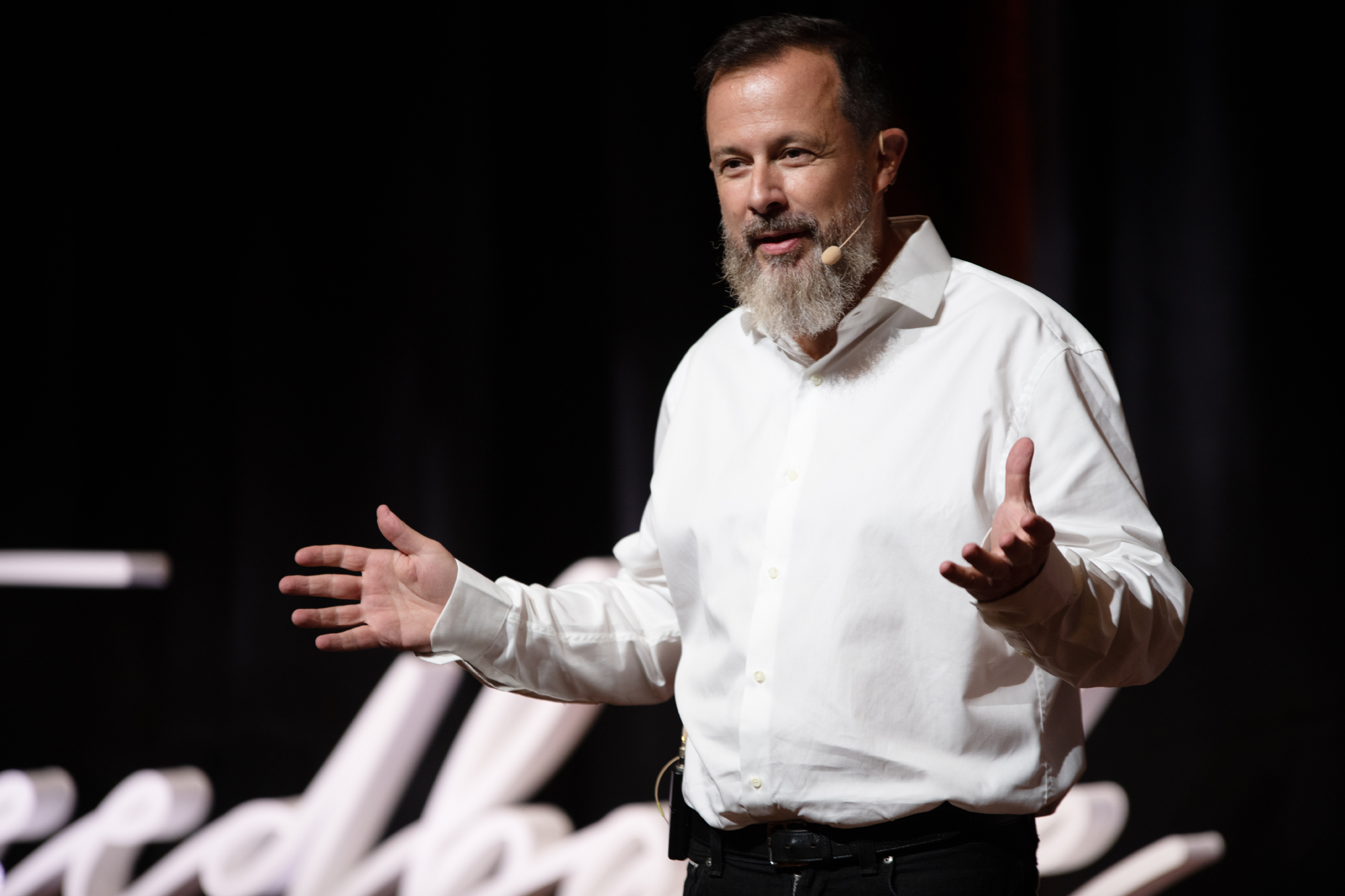Maryjo Charbonnier is the Chief Human Resources Officer of Kyndryl, the former infrastructure division of IBM that has been spun off as an independent company with 90,000 employees in 63 countries. As a featured panelist at C2 Montreal, the HR leader gave a behind-the-scenes look at returning to the office in a global digital company. The good news is that many of the tips delivered at The Evolution of Work and Play: How our behaviors are shaping the future, also apply to small and medium-sized businesses.
Kyndryl was formalized in November 2021. And right from the first strategy retreat, it was all about corporate culture.
“Over the course of two days, we spent a whole day talking about our culture [which is embodied by the acronym RED – ‘relentless’ in innovation, ’empathetic’ toward employees and ‘devoted’ to sharing success – and the 3Fs – ‘flat,’ ‘fast’ and ‘focused’]; by the feedback we got, people were surprised, reporting that, in the past, leaders would only talk about the business side of things in these meetings.”
The HR executive explains the importance of the topic in a back-to-the-office environment.
Today, we need to think about culture in the workplace. It’s one of the ‘Cs’ of returning to the office. We return to the office for Culture, Connection, Coaching and Creativity,” she says.
She defines culture as the set of ‘said’ and ‘unsaid’ messages that shape behavior through three vectors: systems, symbols and organizational behaviors.
If you want to change the culture, start by identifying the [desired] behaviors and identify how they do or do not occur in the organization. (…) If you want to change the culture, ask your employees what systems are causing them the most frustration, and see if you can make quick gains [by improving them]. That will send a stronger message than anything.”
The question of returning to the office
In the wake of the pandemic, the multinational-looking startup had to decide “how” and, more importantly, “why” it was going to bring employees back into its offices.
Are we just going to do what we did before? asked the HR manager. As employers of choice, how can we give our people the flexibility to work where they want to work? One person said something that really resonated [with me]: now, as leaders, we have to earn the transit [of our employees in the office]. Let me repeat: as leaders, we better earn that transit.”
In the end, the multinational company managed to get into the mindset of its employees.
What we’ve heard from our employees is that their time at home during the pandemic has been meaningful to them. And they don’t want to lose that by going back to the office.”
In trying to define return-to-work guidelines, Kyndryl’s Canadian division came up with a model that the HR executive now touts. It’s called the “Canadian balance pledge” or the Canadian work-life balance promise.
The pledge has concrete elements such as: no off-duty emails. The [regional] president does not send communications on Fridays, Saturdays and Sundays. We have redone the holiday schedule to make the weekends 4-5 days long. When vacation dates are set, the company agrees not to disturb employees during that time, etc.”
These are all measures that can be applied to both large and small companies, the HR executive argues.




